Current Projects
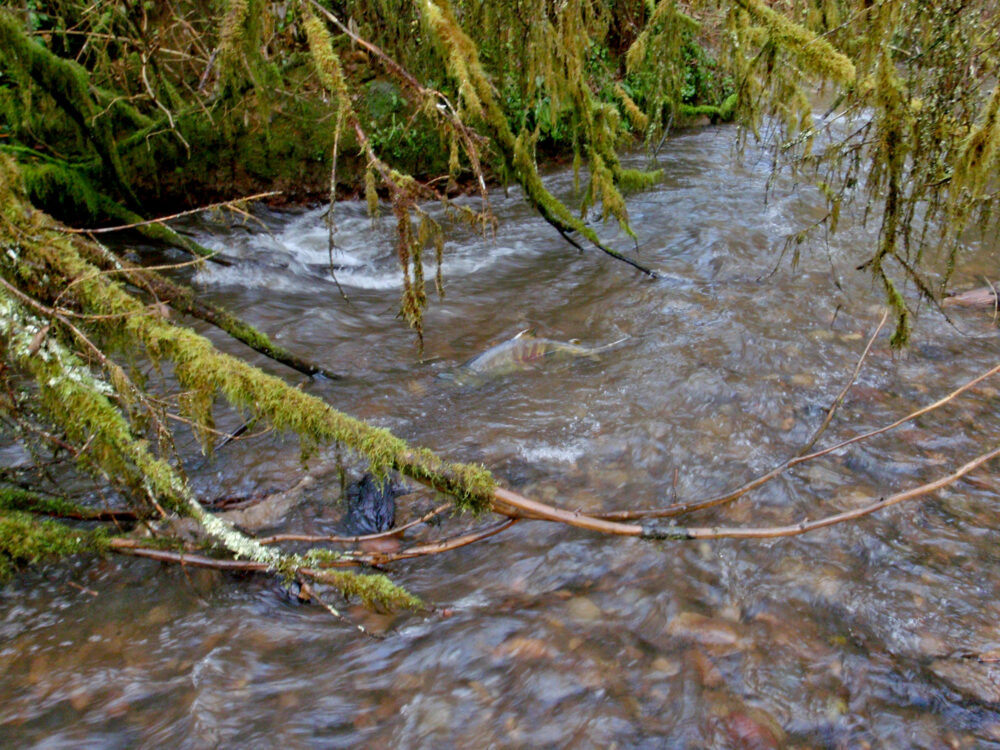
Coal Creek Dam Removal and Instream Restoration
Coal Creek has over two mainstem miles of salmon spawning and...
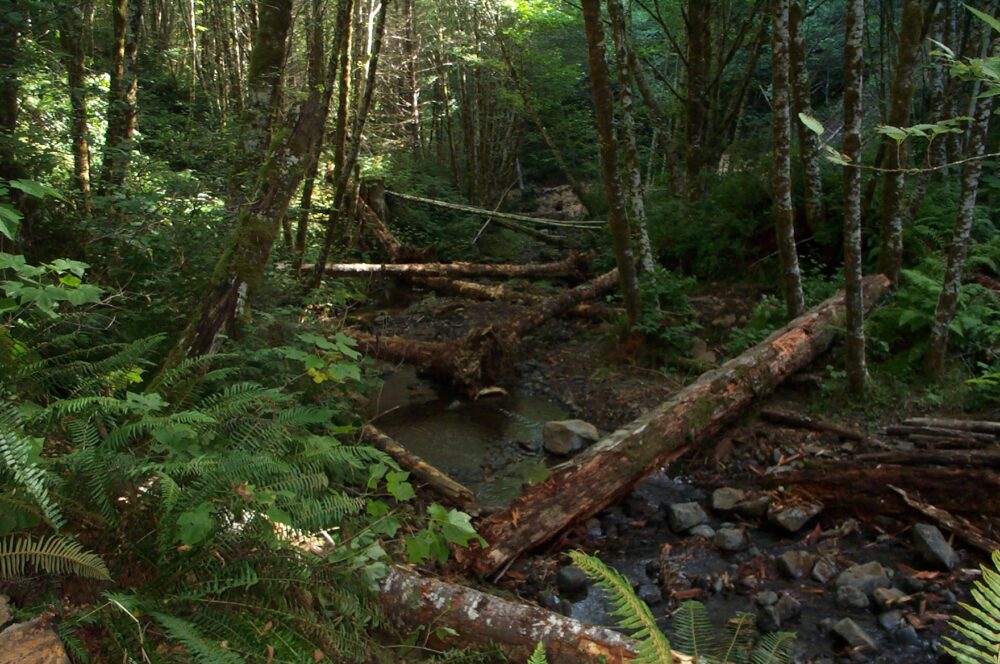
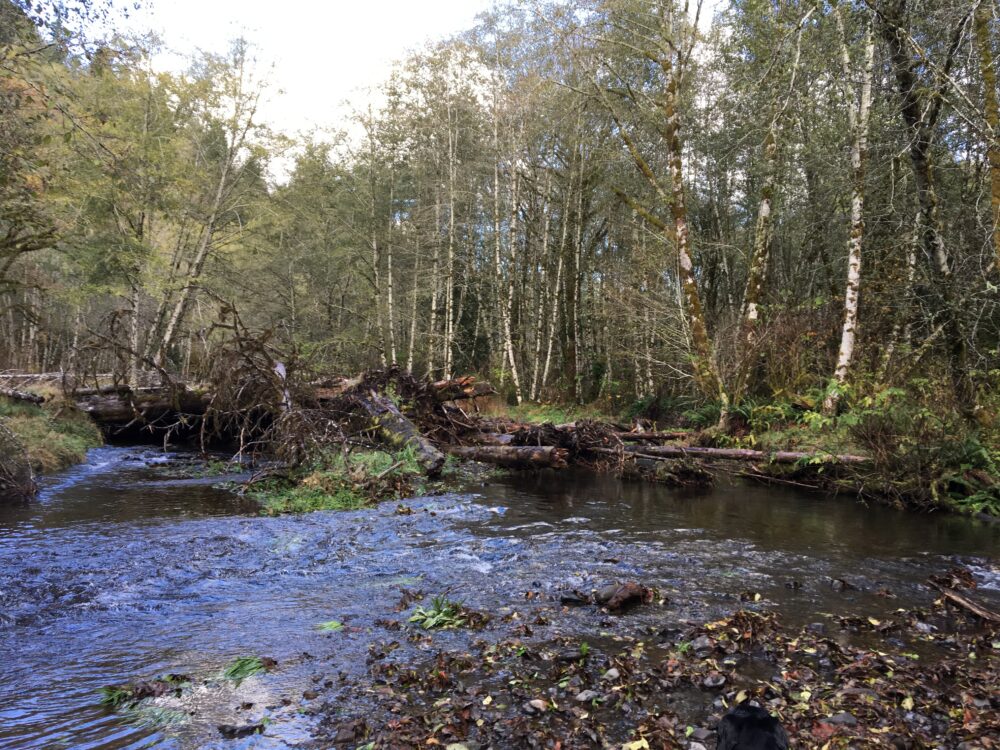
East Beaver Creek
The product of a private-public partnership, this enhancement and restoration project...
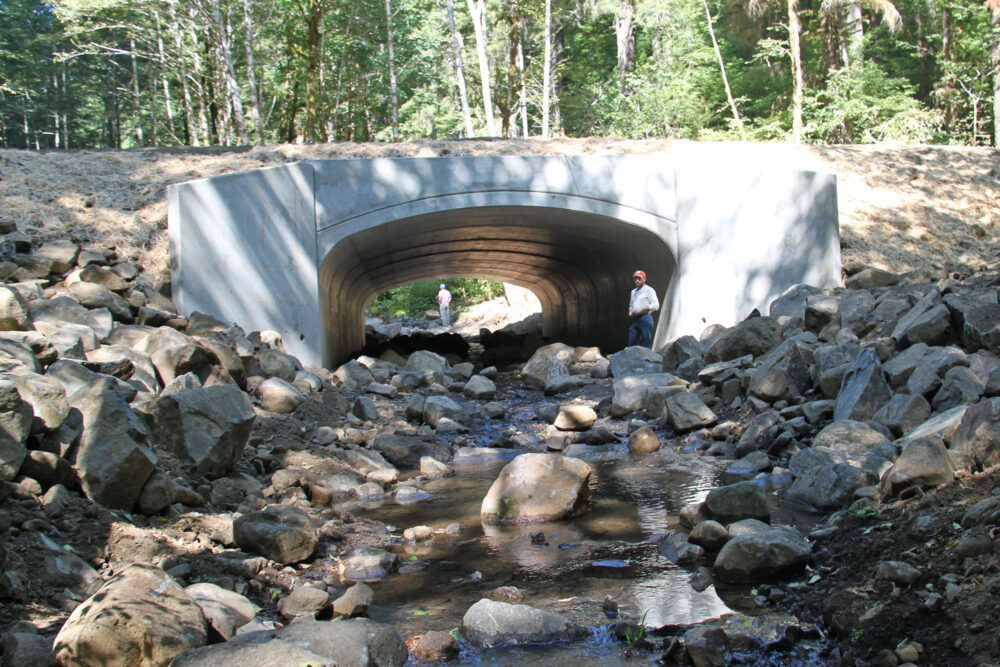
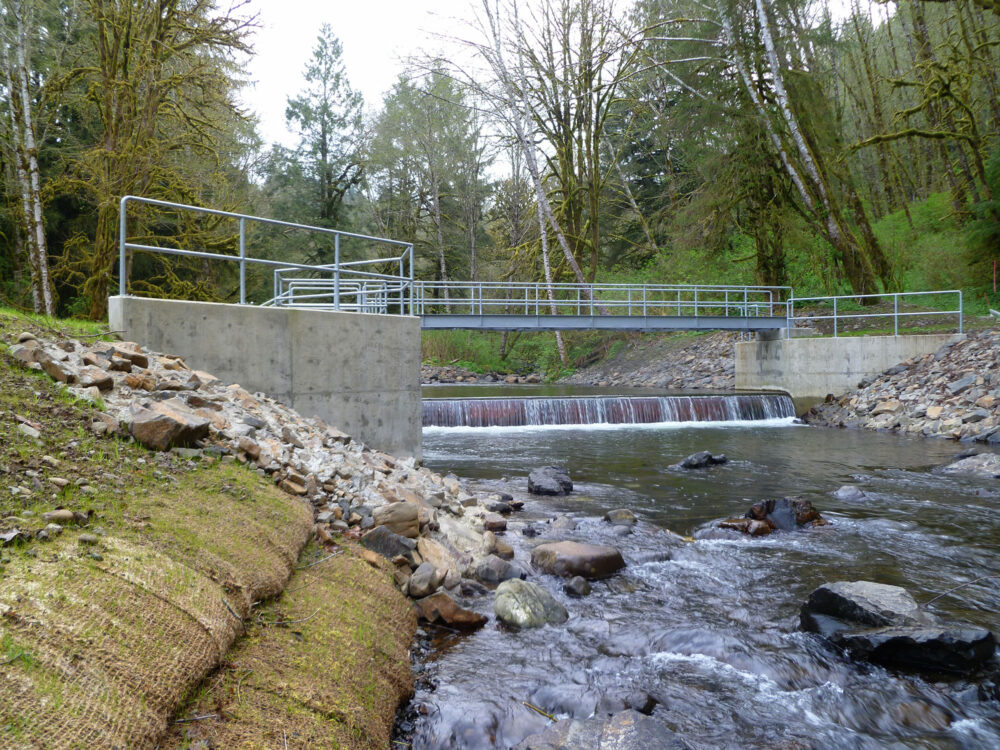
Fawcett Creek Fish Passage and Screening
An innovative design offers a solution in which everyone benefits, as...
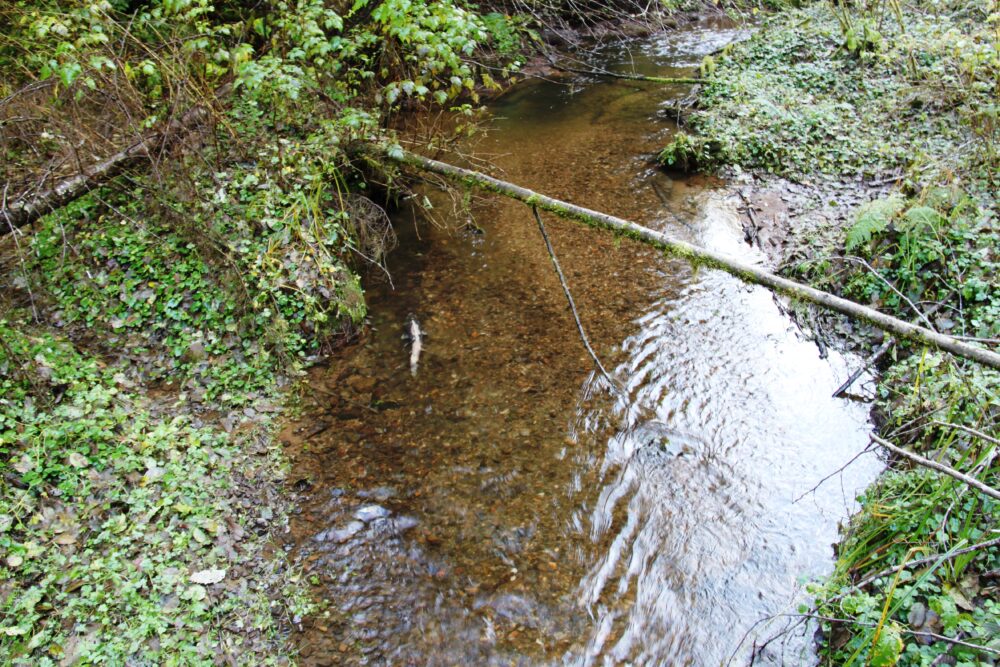
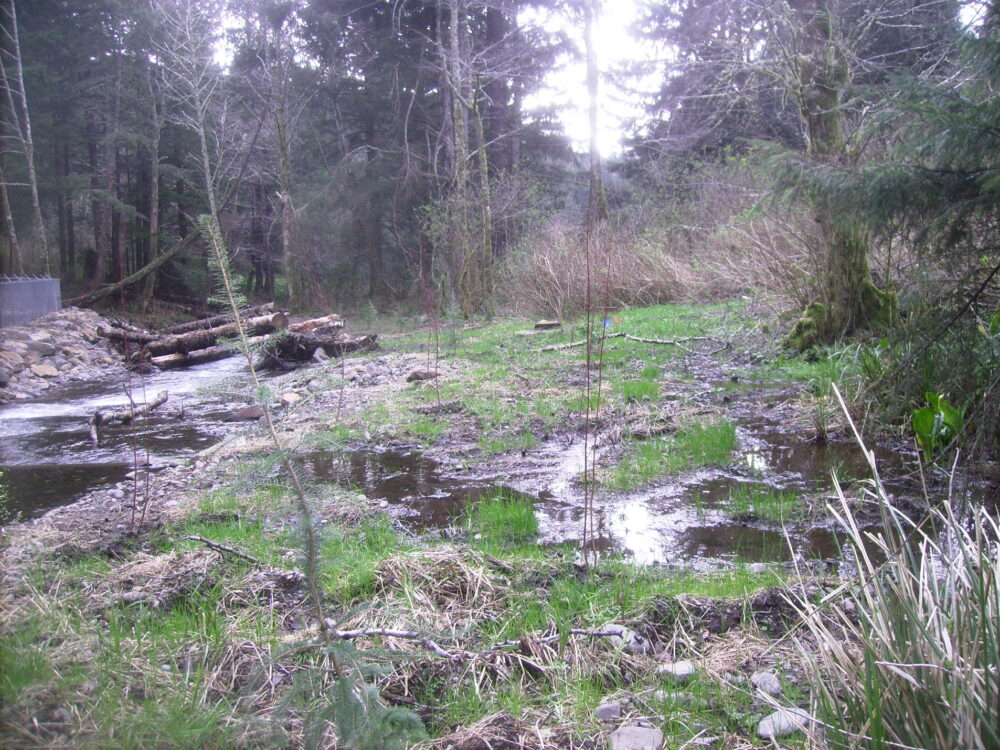
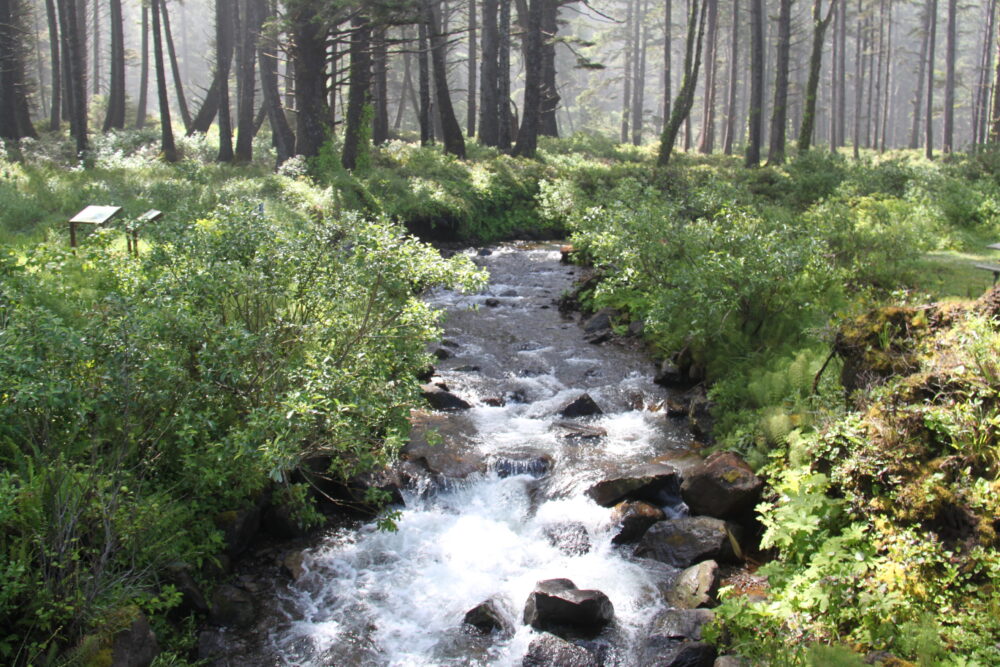
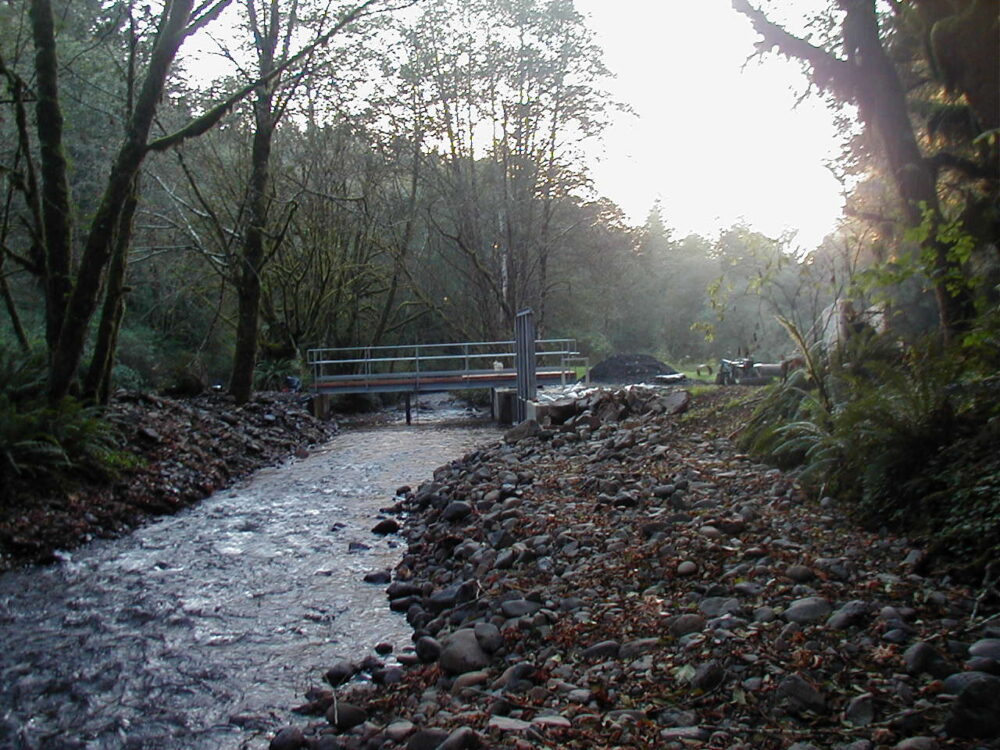
Killam Creek
Tillamook’s Killam Creek Restoration Project (a tributary of the Tillamook River)...
We target these Areas of Action and Impact
Projects that benefit birds involve creating habitats, often by planting native plants, to support both local and migrating bird species by providing food, shelter, and safe nesting areas.
Projects that consider recreation activities, such as hiking or fishing, in their project plans. A great example is replacing an outdated culvert with a walking bridge so that walkers and hikers can still access trails.
Projects that support Safety focus on building habitats or infrastructure that help communities recover more quickly after disasters. An example is reducing flood risk in a neighborhood by restoring a wetland’s natural “sponge” capabilities, allowing it to absorb excess water and prevent flooding during heavy rain
A specific population of Coho salmon (Oncorhynchus kisutch) that are at risk of becoming endangered due to declining numbers and habitat loss. These fish are native to the Pacific Coast of North America and are known for their silver bodies and distinctive spawning colors, which change to bright red on the back and greenish heads.
The threats to Coho salmon populations include habitat degradation from poor water quality and reduced spawning grounds. Additionally, barriers can prevent them from migrating to their natural spawning habitats. Overfishing and competition with non-native species further contribute to their decline.
Riparian refers to the areas adjacent to rivers, streams, or other bodies of water. These zones are characterized by distinct vegetation and ecosystems that thrive in the presence of water. Riparian areas play a crucial role in maintaining water quality, preventing erosion, providing habitat for wildlife, and supporting biodiversity. They also help regulate water temperature and flow, making them essential for the health of aquatic ecosystems.
A native plant is a species that occurs naturally in a specific region or ecosystem without human introduction and has adapted to the local environment over time. We grow the native plants planted in our restoration projects at our Native Plant Nursery. Some important species include early blue violet, salmon berry, sitka spruce and twinberry.
Stream enhancement in restoration work involves improving the physical, biological, and chemical conditions of a stream or river to support healthier ecosystems.
This can include restoring natural flow by modifying channels or removing barriers like dams, which helps to reestablish natural water flow patterns. Enhancing habitats may involve adding structures such as boulders, logs, or native plants to create suitable environments for fish and other aquatic organisms. Additionally, stream enhancement often focuses on erosion control by implementing techniques to reduce sedimentation that can harm aquatic habitats. Water quality improvement is also a key aspect, with measures taken to reduce pollution, such as installing buffer zones with native vegetation along the streambanks. Furthermore, managing invasive species by removing non-native plants and animals is crucial to maintaining the local ecosystem
A culvert is a tunnel or pipe that allows water to flow under roads, railways, or trails. It helps manage water flow by directing streams or drainage safely beneath these structures, preventing flooding or erosion. In restoration, outdated culverts are often replaced with bigger culverts that allow for increased water flow to create passage for lampreys, salmon, and other aquatic species.
Climate Variability refers to long-term alterations in temperature, precipitation, and other atmospheric conditions on Earth, caused by human activities, such as burning fossil fuels, deforestation, and industrial processes. These activities release greenhouse gases like carbon dioxide (CO2) and methane (CH4) into the atmosphere, trapping heat and causing the planet to warm.
This warming leads to a range of environmental impacts, including rising sea levels, more frequent and severe weather events (like hurricanes, droughts, and winter storms), shifting ecosystems, and changes in wildlife habitats. Often projects that address climate variability lower or trap greenhouse gases or mitigate the impacts of severe storms.
Water quality refers to the chemical, physical, and biological characteristics of water that determine its suitability for various uses, such as drinking, recreation, agriculture, and supporting aquatic life. Key indicators of water quality include the levels of pollutants (like heavy metals, pesticides, and bacteria), pH levels, temperature, dissolved oxygen, and the presence of nutrients (such as nitrogen and phosphorus).
A salmonid is a member of the family Salmonidae, which includes various species of fish, such as salmon, trout, char, and grayling. Salmonids are typically found in both freshwater and saltwater environments and are known for their migratory behaviors. They are characterized by their streamlined bodies, forked tails, and, in many cases, the ability to change color during spawning.
They are an indicator species of the health of environments. An indicator species is an animal whose presence, absence, or abundance in an environment provides information about the overall health and quality of the ecosystem.
A watershed assessment is a comprehensive evaluation of a watershed, which is an area of land where all the water that drains from it goes into a common body of water, such as a river, lake, or ocean. The assessment aims to analyze various aspects of the watershed, including its physical, biological, and chemical characteristics, to understand its health and functioning.
Our program helps our restoration staff and partners implement successful projects and then measure their effectiveness. By doing so, we better understand the impact of our initiatives throughout the entire watershed.